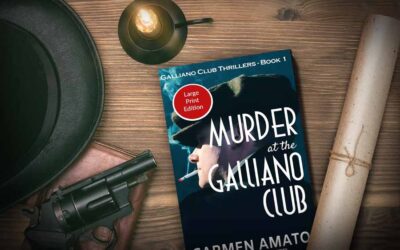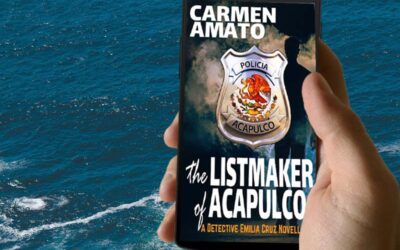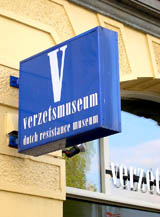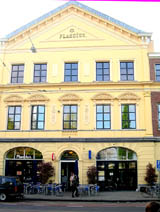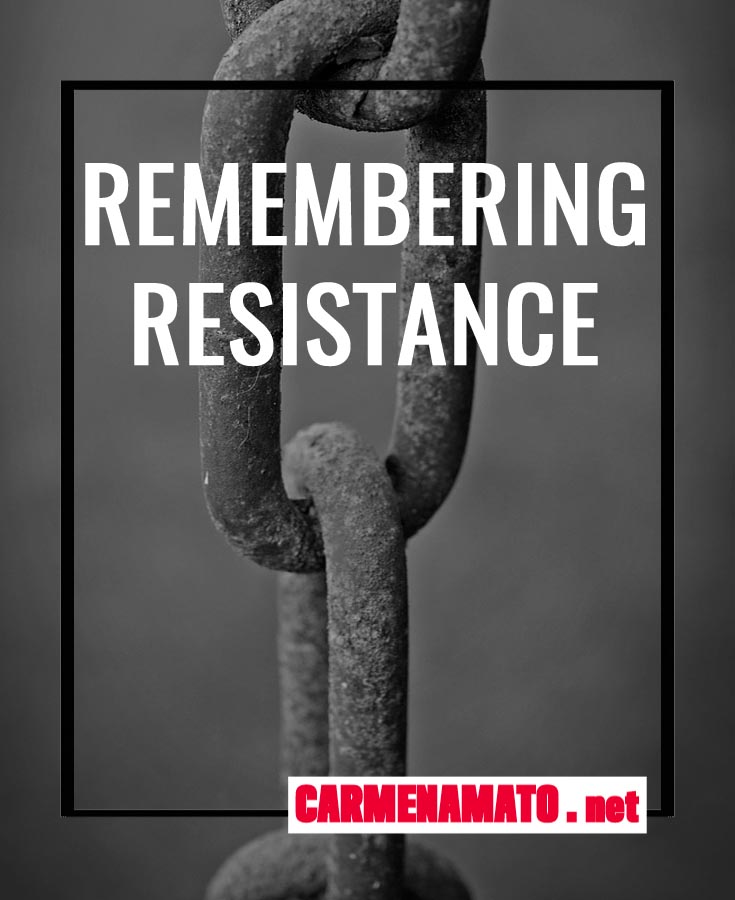New! Large print has arrived at the Galliano Club, where trouble is always on tap. Large print...
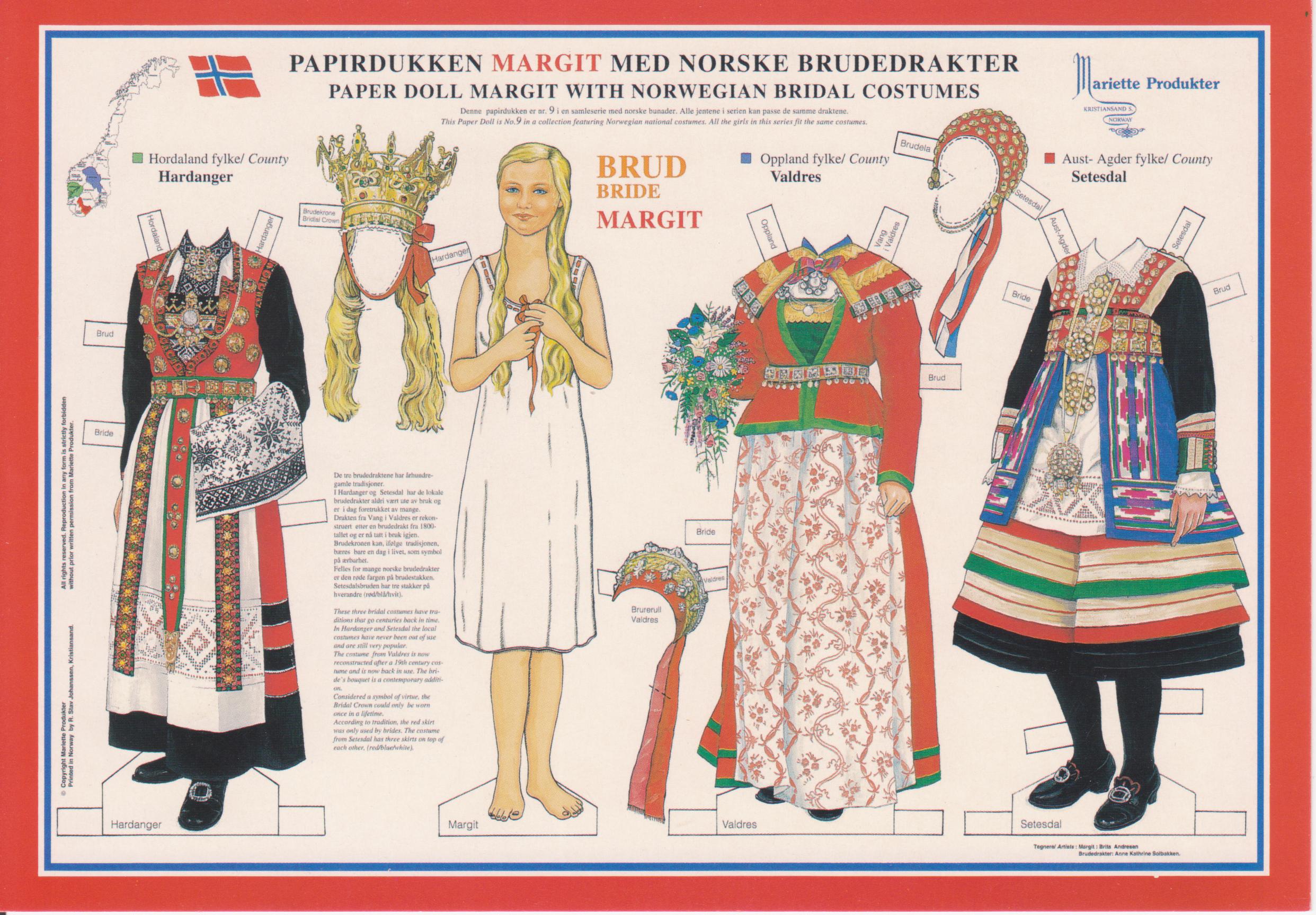
Visiting Norway, Mystery Author Style
Can a mystery author who writes about sunny Mexico really love cold places?
Yep. Besides Mexico, where my mystery series is set, my favorite country (except for home) is Norway. Not only does the country have superb natural vistas of mountains and fjords, but Norway’s history is likewise fairly amazing, if little known. Yes, Virginia, there’s more to Norway than Vikings, Voss water, and fellow mystery author Jo Nesbo.
Spectacular moments and singular people
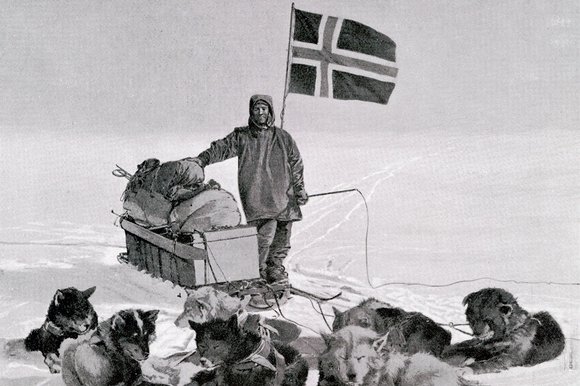
Picture of Roald Amundsen courtesy The Sunday Times, UK
- Norwegian Roald Amundsen led the first expedition to the South Pole, beating out British explorer Robert Scott
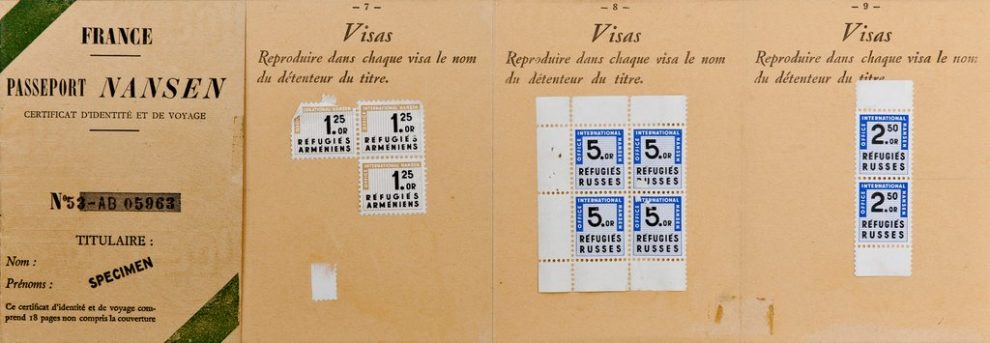
Picture courtesy World Digital Library
- Norwegian explorer and statesman Fritjof Nansen’s Nansen Passport enabled WWI refugees to remake their lives
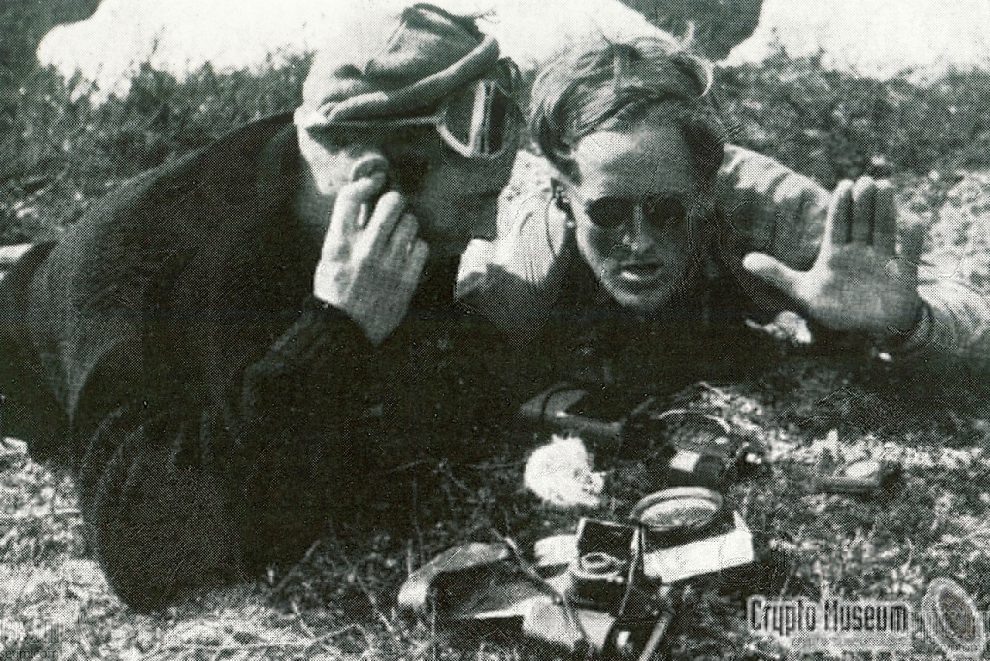
Picture courtesy cryptomuseum.com
- The Norwegian Resistance fought during WWII with courage and distinction
Related post: Remembering Resistance
- The nation of Rohan in the Lord of the Rings movie trilogy looked eerily like Norway’s traditional architecture. Okay, so this is the fabled battle scene when the Rohirrim ride against the orcs, not anything architectural. But a great bit of film and you should watch it.
Museums
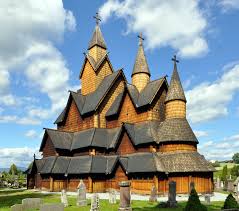
Stave Church
I’ve been lucky to visit Norway twice and fell in love with the cobalt blue sky, crystal clear water, excellent (albeit pricey) shopping, and terrific museums. The Fram Museum houses the specially built polar ship that carried Nansen north and Amundsen south. The Folk Museum, where the Stave Church is located–the interior of which was very dark and smelled like bacon–is an immense meadow outside of Oslo filled with period homes.
Related post: The Kitchen UN
It was at the Folk Museum that I learned the Norwegian words for King (Konge) and Queen (Dronning) when I bought a huge paper doll poster. Awkward to carry home, I had notions of framing it. I still do.
King, Queen, and costumes
If cut out, Konge and Dronning would be bigger than Barbie and Ken. Each doll has several different costumes, just like these smaller paper doll postcards of Norwegian folk costumes also purchased at the Folk Museum.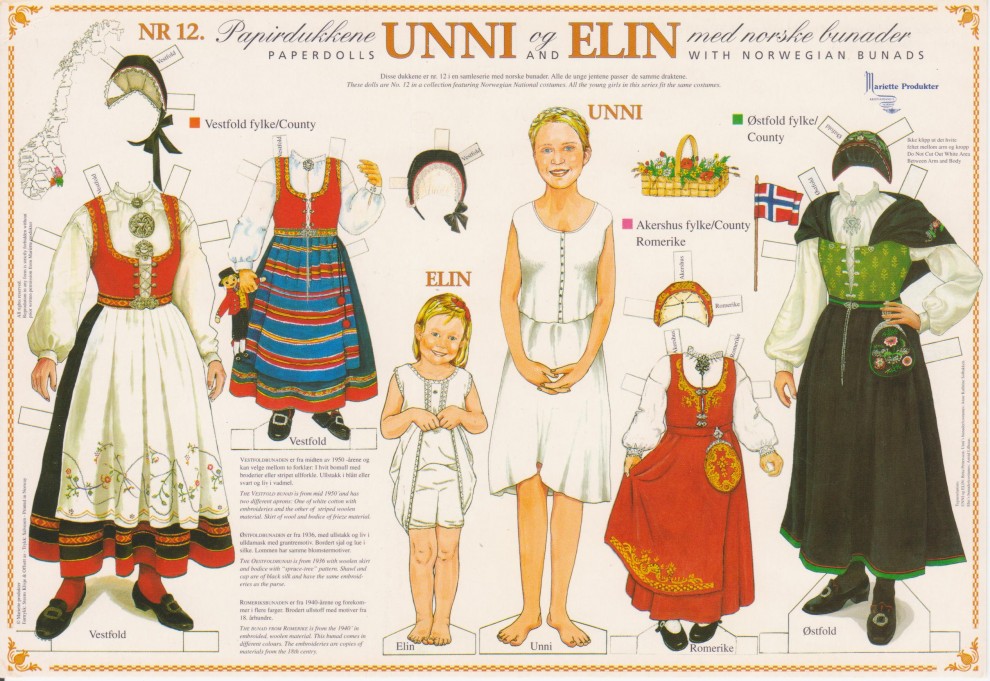
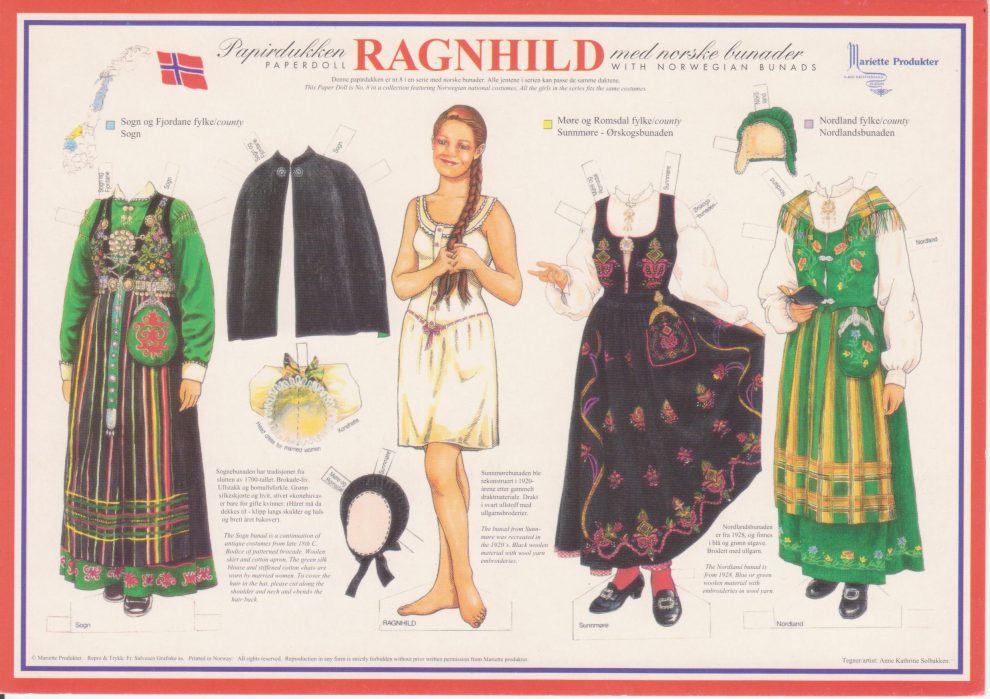

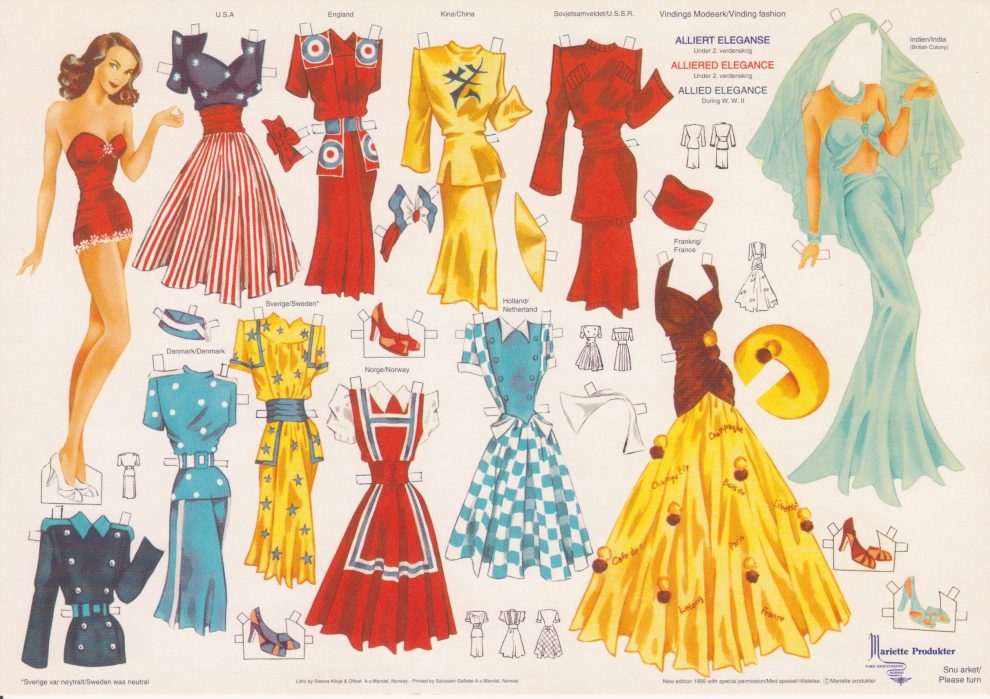
The last paper doll postcard is the most interesting of all, as it looks like 1940’s fashions. Norway struggled under German occupation 1940-1945. When reading accounts of those days it doesn’t seem that many women were wearing ball gowns or fancy dresses.
Another mystery?
For a couple of years, I’ve been gathering notes for a thriller set in Oslo during WWII. It is loosely inspired by OSLO INTRIGUE, the real-life account of Helen Astrup, a British woman who worked for the Norwegian Resistance during the war.
I don’t know when I’ll write the thriller. Maybe after I finish the latest Detective Emilia Cruz.
You may also like
Large print edition of the Galliano Club historical fiction thriller series
Book Review: THE SECRET HOURS by Mick Herron
The Secret Hours by Mick Herron is a must-read spy vs spy thriller. Like John le Carré’s A LEGACY...
New Audiobook! Listen to LISTMAKER
The audiobook version of the Detective Emilia Cruz novella, THE LISTMAKER OF ACAPULCO was just...

CARMEN AMATO
Mystery and thriller author. Retired Central Intelligence Agency intel officer. Dog mom to Hazel and Dutch. Recovering Italian handbag addict.


